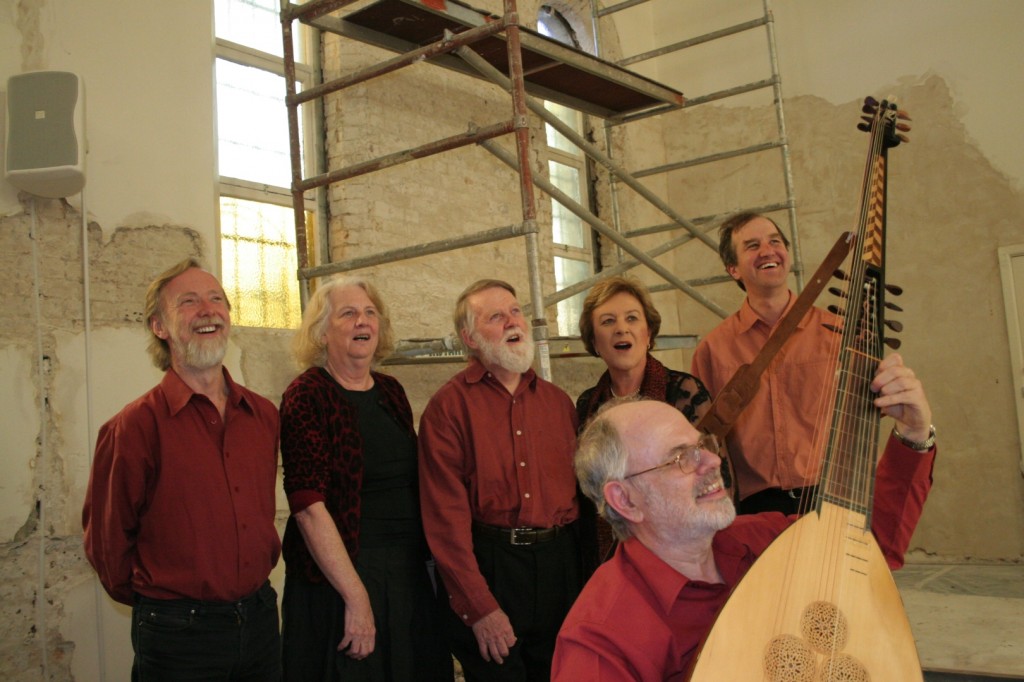When did it all begin for I Cantarini?
The Group started in 1998 as Venetian Red, we re-formed in 2009 as I Cantarini (meaning “the singers”). All of us had been experienced choir singers, in the big name “classical” choirs. Although we had sung religious music by Monteverdi and his contemporaries in these choirs, we were curious that we had been denied the opportunity to experience the more passionate secular music of 17th century Italy. There was only one thing to do, form our own group and give it a go. We soon discovered why it was impractical for choirs to perform this music, it is not as neatly compartmentalised as choir music, and each singer must take responsibility for his or her own part. We moved our period of study and practice back to 1560-1590 for several years. The name change to I Cantarini marks the period when we believed we were sufficiently mature to do some justice to the 17th century repertoire. Monteverdi and Wert were the first composers ever to work with two or three professional women singers; this was an amazing change in the musical landscape which led very soon to the first operas. Although a woman did sometimes take part in the music of the 1570s, the top parts were easy general-purpose parts which could be sung by a boy or a man with an exceptionally high voice.
Just about all of this repertoire is about love in its many aspects; pleasure and pain. Monteverdi’s masterworks had achieved expressive effects unknown only a generation earlier where the music was still largely under the rule (style) of church composition where the aim was to express the timeless, unchanging perfection of heaven.
What sort of shows or festivals do you enjoy playing?
Most of us are or have recently been busy professionals in non-musical fields, we experience this music mostly for its own sake. We presented a concert earlier this year in the South Sydney Uniting Church, but we do not do so every year. However, a concert or a CD recording project certainly focuses our attention to details.
Any particular plans for the summer?
We generally take a break over summer, but each year we look at new repertoire. The list of pieces is virtually inexhaustible, numbering in the thousands. It’s a bit like pop music now – there is so much to listen to and sing. The members of the group are all good sight-readers, and that lets us get through much more music than singing groups who need to learn the pieces by heart.
Can you tell us a little about the lute that features in your music?
Bernard Williams, our lutenist, has two theorbos sometimes called an archlute or chitarrone (literally a big guitar) made 12 and 16 years ago by John Lucas in Sydney. Like a lute or guitar, theorbos have six strings which can be stopped by the fingers of the left hand. Actually on the lute the strings are doubled and tuned a couple of notes higher than the guitar. In addition, the theorbo has a long extension, an extra neck carrying seven extra bass strings, which are played “open” like a harp. (The reason our lutenist has two theorbos is to suit different keys or styles of music, one is tuned more like a lute, the other more like a guitar. Because of the bigger body of a theorbo, the top one or two strings would otherwise be under too much tension and would break easily, so these strings are put down an octave, called re-entrant tuning. The theorbo is never strummed; the strings are plucked individually by the fingertips.)





